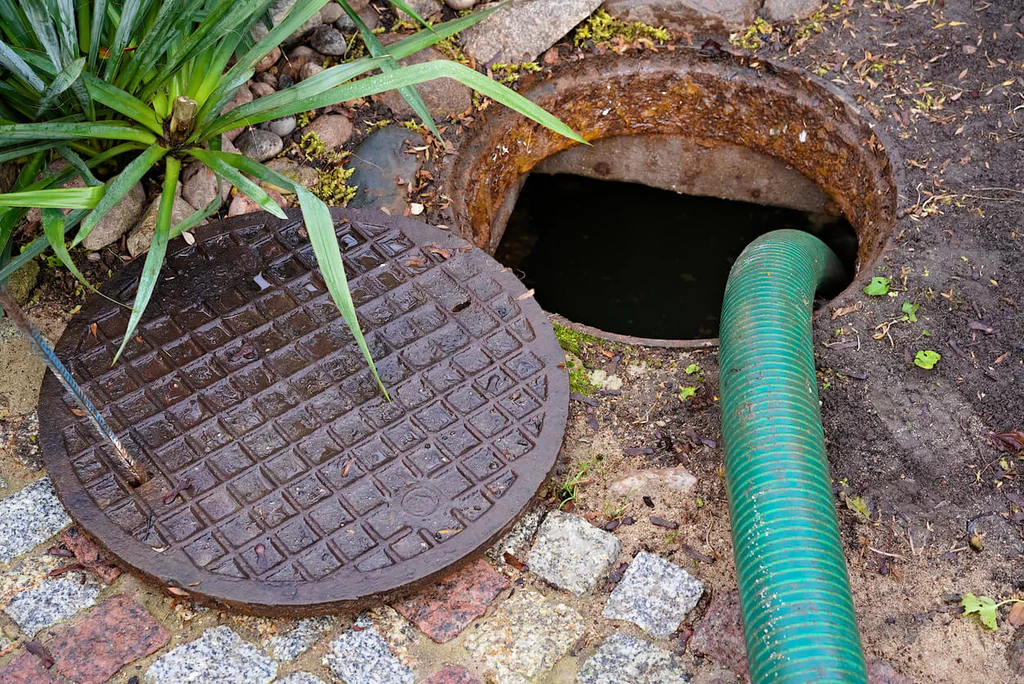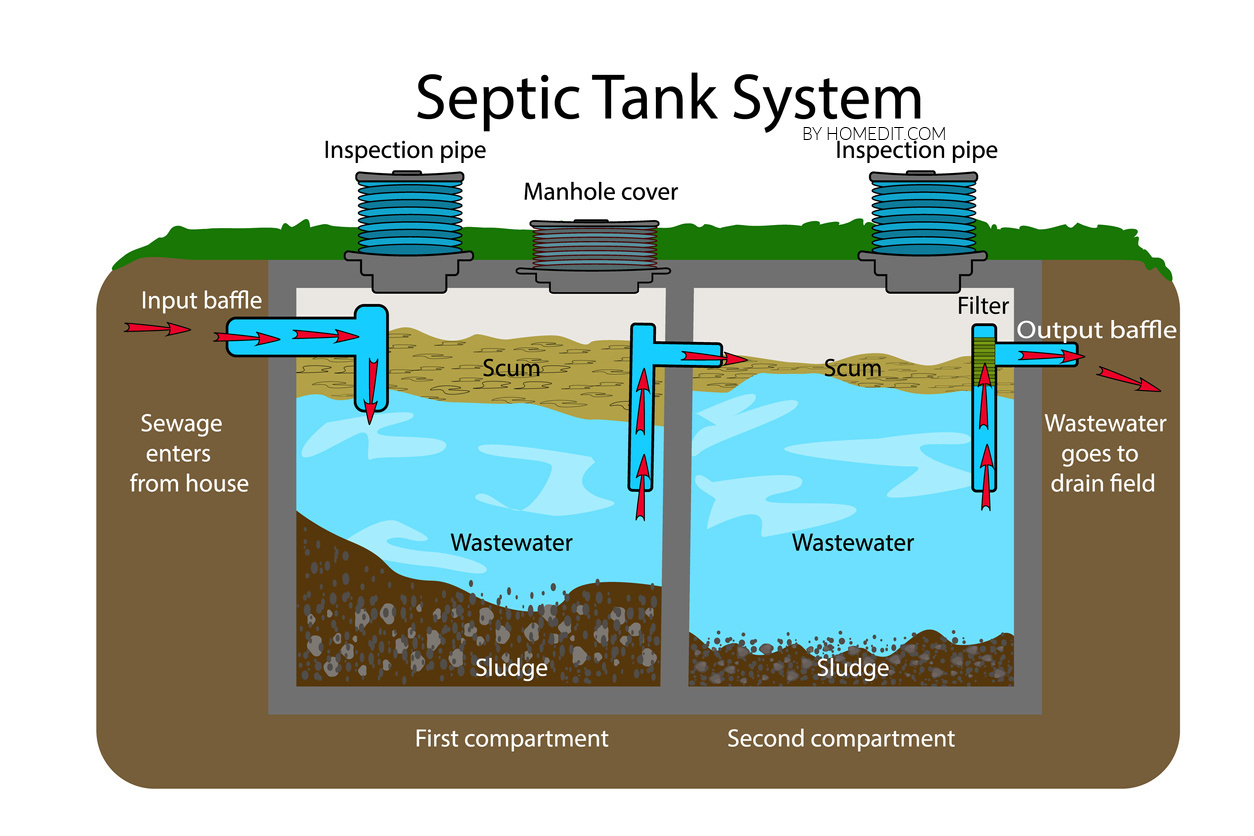Translating the Language of Sewage-disposal Tank Services: A Reference of Terms for Clear Communication and Recognizing
In this article, we'll assist you decode the language of septic storage tank services with a convenient glossary of terms. From recognizing the basics of your septic tank to dealing with sludge accumulation, we'll offer clear explanations to guarantee clear interaction and understanding.
Septic System: Comprehending the Fundamentals

If you are unfamiliar with sewage-disposal tanks, they are below ground containers that hold and treat wastewater from your household. These containers are a crucial part of your home's plumbing system, responsible for safely and efficiently handling the waste created by your everyday tasks. Understanding the basics of septic systems is critical in order to guarantee their proper capability and prevent expensive repair work.
A septic container is composed of 2 major elements: the tank itself and the drainfield. The tank is where the wastewater streams into, and it is designed to divide solids from fluids. The solids clear up at the base of the storage tank, forming a layer of sludge, while the liquids, referred to as effluent, rise to the top. The effluent then flows right into the drainfield, where it is more treated and dispersed into the bordering dirt.
Regular maintenance of your septic system is vital to prevent concerns such as obstructions, backups, and system failures. It is recommended to have your storage tank pumped every 3 to 5 years, depending on its dimension and usage. In addition, it is necessary to be conscious of what you purge down the drains pipes and commodes, as specific chemicals and products can harm the bacterial equilibrium in the container.
Drainpipe Field: The Function of Dirt in Garbage Disposal
To keep the appropriate capability of your septic tank system, it is crucial to comprehend the function of the drain area in garbage disposal and how the surrounding soil plays a vital role in this procedure. The drainpipe area, additionally called the leach field or absorption area, is an essential element of a septic tank. Its key feature is to filter and treat the wastewater that spurts of the sewage-disposal tank.
Once the wastewater leaves the septic container, it is distributed equally across the drainpipe area via a network of pipelines or trenches. The drain area consists of a layer of gravel or rock, which aids to distribute the wastewater uniformly and advertise effective purification. Listed below the crushed rock layer, there is a layer of dirt that works as an all-natural filter.
The soil in the drainpipe field plays an essential role in the treatment of wastewater. As the wastewater percolates through the dirt, it goes through a natural process of purification and purification. The dirt works as a organic and physical filter, removing harmful microorganisms, viruses, and various other pollutants from the wastewater.
The structure and high quality of the soil are crucial for the efficient performance of the drain field - septic tank pumping. The dirt needs to have great percolation prices to allow the wastewater to move via it quickly. Furthermore, the dirt needs to have sufficient oxygen levels to support the development of aerobic bacteria, which aid in the break down of organic issue in the wastewater

Effluent: the Liquid Waste From Your Septic Tank
As the wastewater leaves the drain area, it is referred to as effluent, and it is necessary to understand the characteristics and monitoring of this fluid waste from your septic system. Effluent is the term used to describe the cured wastewater that streams out of your septic system and right into the drain area. septic tank pumping. This liquid waste contains a combination of water, natural matter, and dissolved solids
Effluent need to be clear and cost-free of any undesirable odors. If you discover any kind of foul scents or staining, maybe a sign of a trouble with your septic system. Regular upkeep and pumping of your sewage-disposal tank can aid make certain that the effluent remains complimentary and tidy from contaminants.
Appropriate administration of effluent is critical to stop contamination of the surrounding atmosphere. The drain area is developed to filter and deal with the effluent prior to it gets in the dirt. It is essential to avoid any kind of activities that can possibly harm the drain area, such as parking cars or growing trees with deep origin systems.
Sludge: Managing Strong Waste Buildup
When taking care of solid waste build-up in your septic tank, proper administration of sludge is important. Sludge refers to the thick layer of solid waste that gathers at the base of your septic container with time. Otherwise taken care of effectively, sludge can trigger various concerns, such as blocking, backups, and also system failure.
Routine maintenance is vital to avoid sludge build-up. It is suggested to have your septic container pumped every 3 to 5 years, depending on the dimension of your family and the container's ability. Pumping removes the gathered sludge, allowing your septic tank to try here operate successfully.
In enhancement to normal pumping, there are a couple of actions you can take to decrease sludge build-up. Be mindful of what you purge down the drain. Avoid taking care of non-biodegradable things, such as paper towels, baby diapers, and hygienic products. These can add to sludge accumulation. Second, take into consideration making use of septic-safe items that won't disrupt the all-natural microbial balance in your system.
Pumping: Preserving the Health And Wellness of Your Sewage-disposal Tank
Maintain the wellness of your septic storage tank by on a regular basis pumping it. Over time, strong waste and sludge build up in the storage tank, which can lead to obstructions, backups, and even system failing.
Normal pumping is advised to protect against the sludge from reaching high levels. The frequency of pumping depends on various aspects such as the dimension of the storage tank, the variety of residents in your house, and the use of water. Typically, septic tanks need to be pumped every 3 to five years. Nevertheless, it is very important to note that every system is one-of-a-kind, and it's finest to speak with a professional to figure out the optimum pumping schedule for your particular circumstance.
Verdict
So there you have it: an useful reference of terms to assist you better understand the language of sewage-disposal tank solutions. Whether it's learning more about the basics of sewage-disposal tanks, understanding the role of the drainpipe field, or knowing just how to handle sludge build-up, this glossary will certainly guarantee clear interaction and a much better understanding of your septic system. Maintain these terms in mind to keep the health and wellness and capability of your sewage-disposal tank.
A septic storage tank is composed of two major parts: the tank itself and the drainfield.Normal maintenance of your septic tank is crucial to prevent concerns such as obstructions, back-ups, and system failures.To maintain the proper performance have a peek at these guys of your septic container system, it is crucial to recognize the function of the drainpipe area in waste disposal and just how the bordering soil plays an essential duty in this process. It is suggested to have your septic tank pumped every three to 5 years, depending on the size of your home and the storage tank's capability. Whether it's learning concerning the fundamentals of septic storage tanks, comprehending the function of the drain field, or understanding exactly how to deal with sludge accumulation, this glossary resource will certainly guarantee clear communication and a better understanding of your septic system.